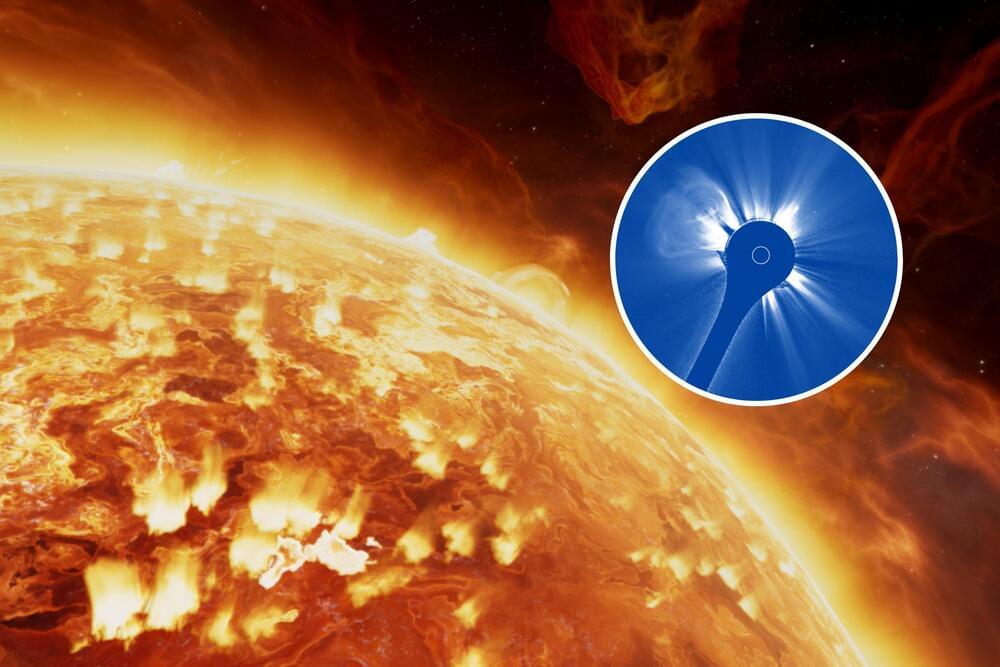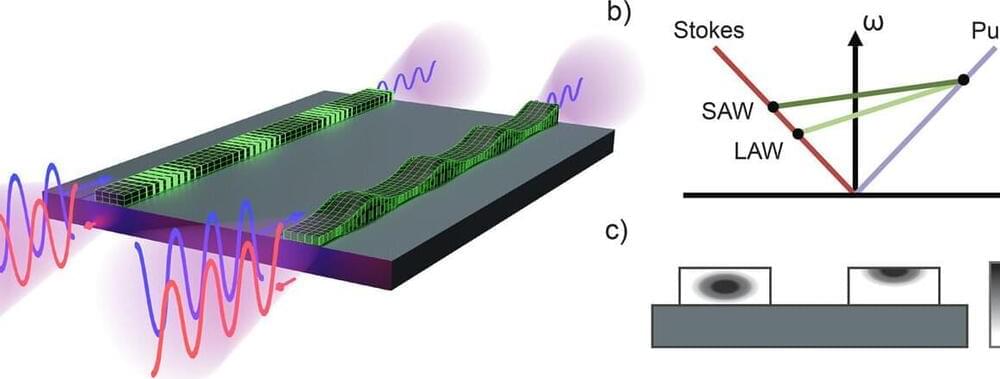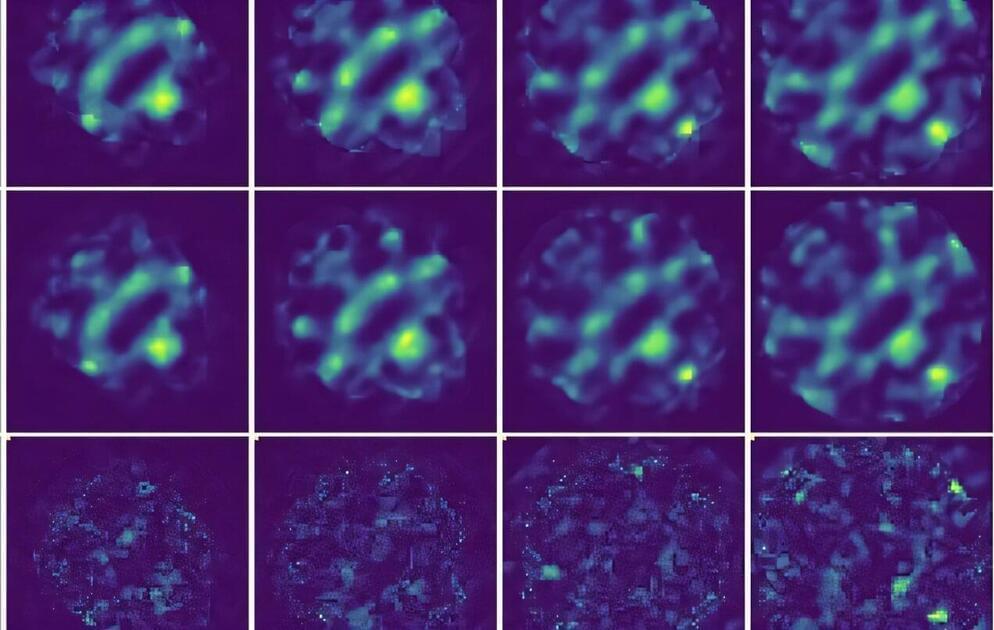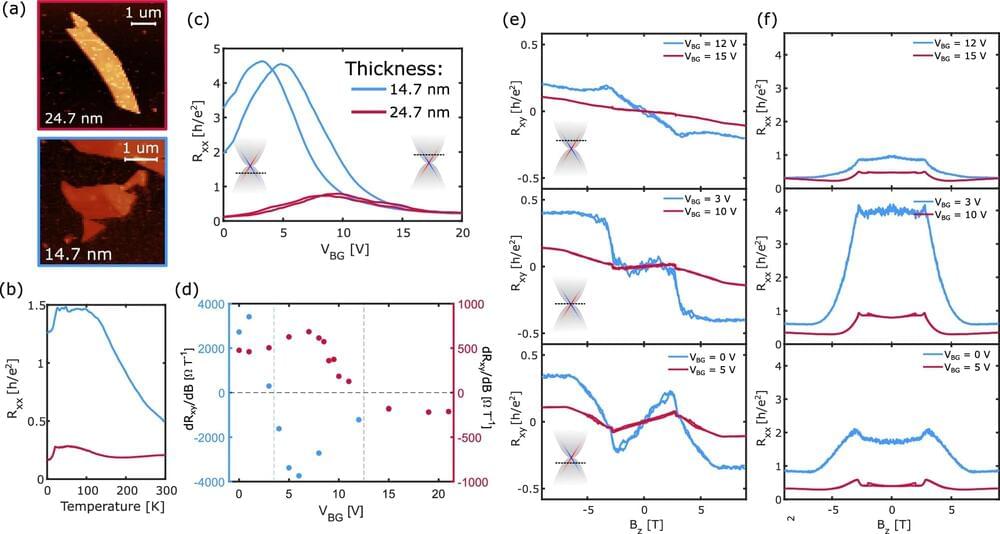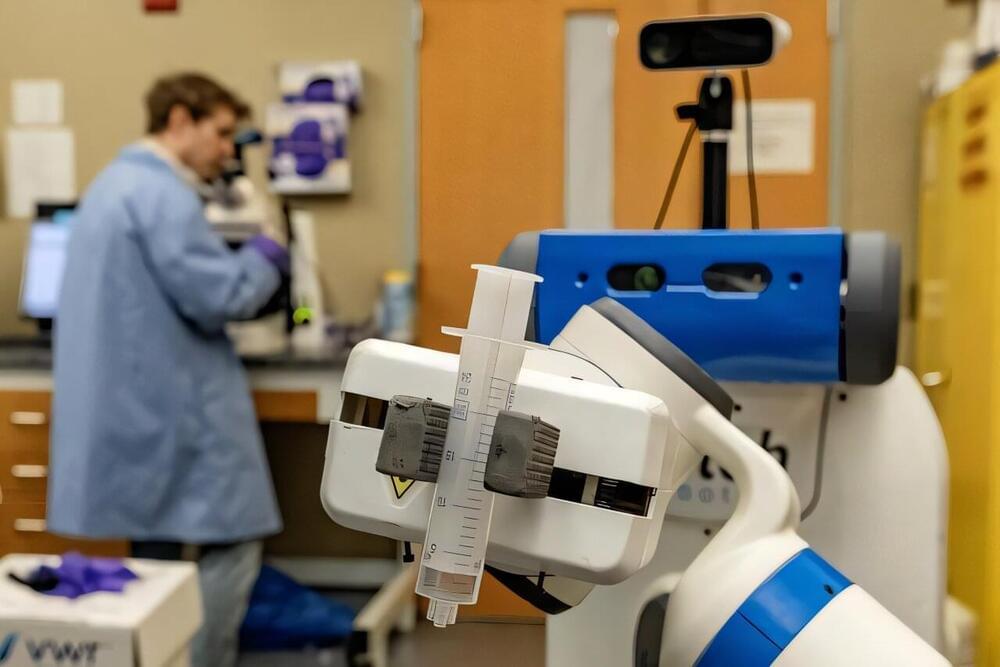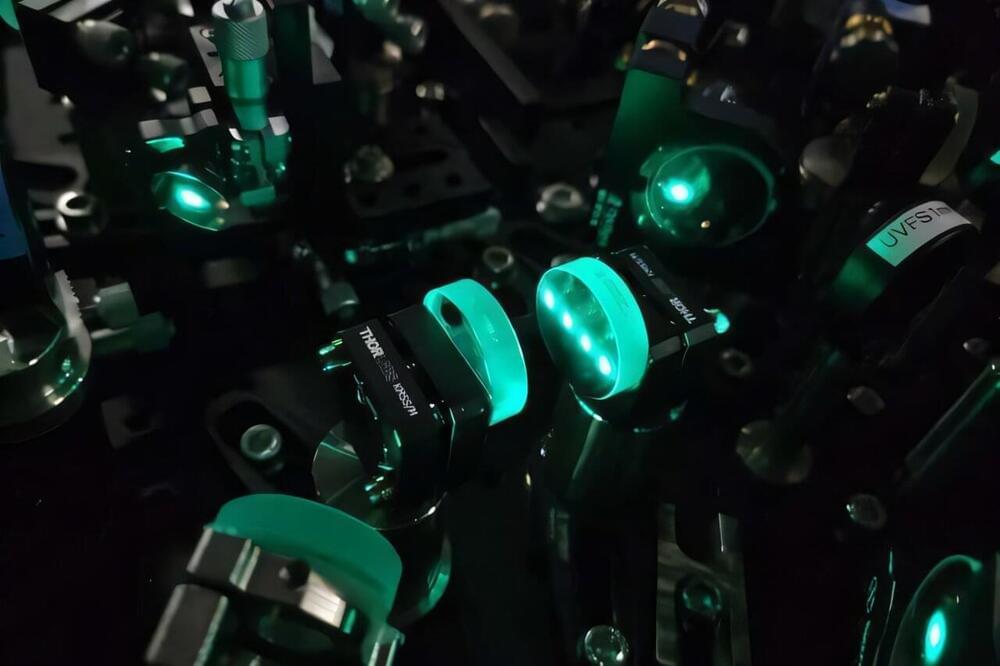
Researchers Takuma Nakamura, Kazuki Hashimoto, and Takuro Ideguchi of the Institute for Photon Science and Technology at the University of Tokyo have increased by 100-fold the measurement rate of Raman spectroscopy, a common technique for measuring the “vibrational fingerprint” of molecules in order to identify them.
As the measurement rate has been a major limiting factor, this improvement contributes to advancements in many fields that rely on identifying molecules and cells, such as biomedical diagnostics and material analytics. The findings were published in the journal Ultrafast Science.
Identifying various types of molecules and cells is a crucial step in both basic and applied science. Raman spectroscopy is a widely used measurement technique for this purpose. When a laser beam is projected onto molecules, the light interacts with the vibrations and rotations of molecular bonds, shifting the frequency of the scattering light. The scattering spectra thus measured is a molecule’s unique “vibrational fingerprint.”

